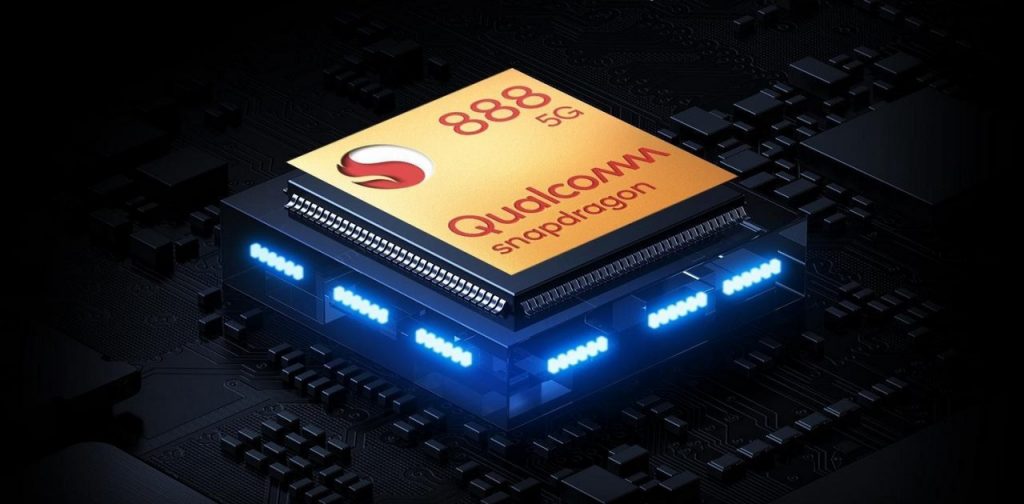Last Updated on October 20, 2021 by Asif Iqbal Shaik
Huawei, one of the biggest telecommunication companies, quickly gained traction in the smartphone market and climbed to the second position, breathing down the neck of world leader Samsung in 2019. However, the US government banned the Chinese firm from doing any business with any US-based organisation. So, it couldn’t work with Google, Qualcomm, and many other US firms, which meant that Huawei couldn’t develop cutting-edge smartphones or ship existing smartphones with GMS (Google Mobile Services, necessary to feature the Google Play Store). This led to a major downfall of Huawei. From 17.6% market share in 2019, the company’s market share came down to just 4% in Q1 2021.
The standoff between Huawei and the US government has pushed other Chinese smartphone manufacturers to ramp up investments in developing in-house chipsets. In 2020, Liu Bo, President of OPPO China, announced that the company will develop its own chipset to become self-reliant. Reportedly, it has already hired chip engineers and other experts from Qualcomm, MediaTek, and Unisoc (formerly known as Spreadtrum). It is also said to be investing heavily in the research and development of AI algorithms and ISP (Image Signal Processing).
Subscribe to Onsitego
Get the latest technology news, reviews, and opinions on tech products right into your inboxOPPO is currently in talks with TSMC (Taiwan Semiconductor Manufacturing Co.) to utilize its 3nm fabrication technology to manufacture a flagship smartphone processor which will power OPPO’s high-end devices in 2023. This move will reduce OPPO’s dependency on MediaTek and Qualcomm.
Should Qualcomm Be Worried?

This news will surely make matters worse for Qualcomm, which was recently dethroned by MediaTek as the world’s biggest smartphone chipset vendor. MediaTek has already spoiled the party for Qualcomm by delivering cheaper budget and mid-range 5G chipsets and currently rules the category. China’s Unisoc is also offering very potent Tiger T610 and Tiger T700 processors for budget devices.
OPPO’s announcement of manufacturing a flagship chipset will come as a wake-up call for Qualcomm, which is busy rehashing its old chipsets. For instance, one of its flagship processors, the Snapdragon 870 is nothing but an overclocked Snapdragon 865+, which in turn was an overclocked Snapdragon 865. If OPPO manages to bring out a reliable 3nm chipset, it could also power devices from its sister companies like iQOO, OnePlus, Realme, and Vivo. Also, the latest smartphones from Google—Pixel 6 and Pixel 6 Pro—are powered by Google’s own Tensor processor. All of this will ultimately affect Qualcomm in the coming years.


Discussion about this post